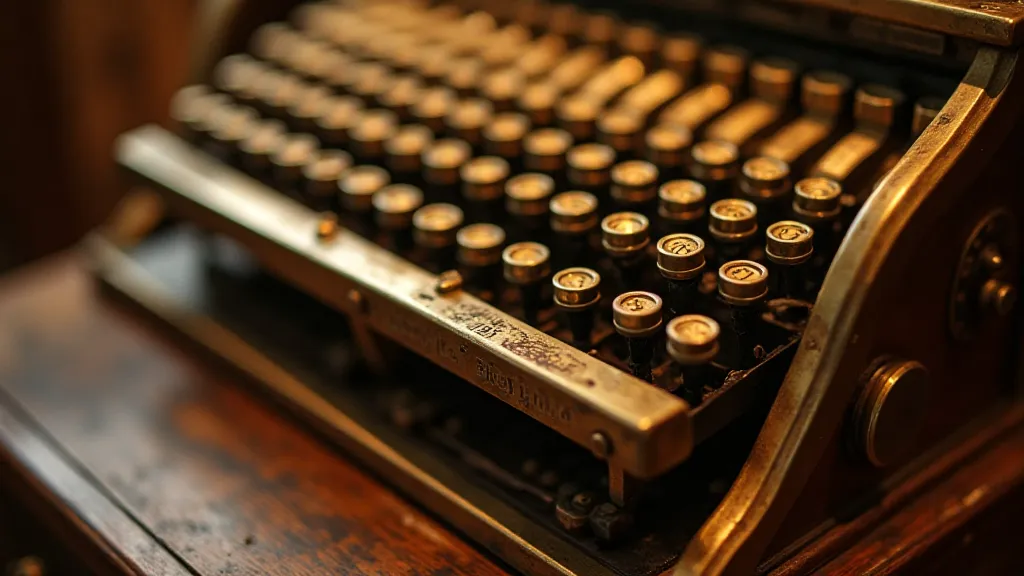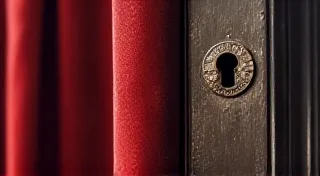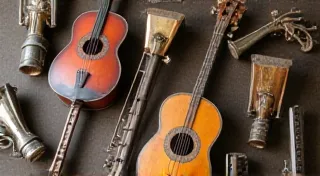Beyond the Numbers: Symbolism in Antique Office Equipment
There's a quiet magic in holding a piece of history, a tangible link to a world that hummed with a different rhythm. For those of us drawn to antique adding machines, it’s more than just appreciating well-engineered mechanisms; it's a connection to a time when human ingenuity and mechanical precision intertwined to shape the modern world. These aren’t merely tools for calculation; they are vessels carrying cultural narratives, whispers of ambition, and the subtle poetry of progress.
I remember the first time I encountered a Brunsviga. It wasn’t in a museum, or even a shop specializing in vintage items. It was tucked away in my grandfather’s attic, covered in dust and seemingly forgotten. He was a meticulous accountant, a man of order and precision. Seeing this intricate machine, a testament to an era before electronic spreadsheets, unlocked a flood of memories and a newfound respect for his profession. It wasn’t just about adding columns; it was about the diligence, the focus, and the quiet satisfaction of a job well done – values embodied within the machine itself.
The Dawn of Efficiency: A Visual Manifestation
The late 19th and early 20th centuries witnessed a surge in industrial innovation. Factories roared, railroads crisscrossed the continent, and businesses clamored for increased efficiency. Adding machines, alongside typewriters and cash registers, weren’t just responding to a demand; they were actively shaping the cultural landscape. They symbolized a commitment to standardization, accuracy, and the elimination of human error. Before these machines, calculations were painstakingly done by hand – a slow, often unreliable process. The advent of mechanical adding machines promised a revolution, not just in accounting, but in how work itself was perceived and executed.
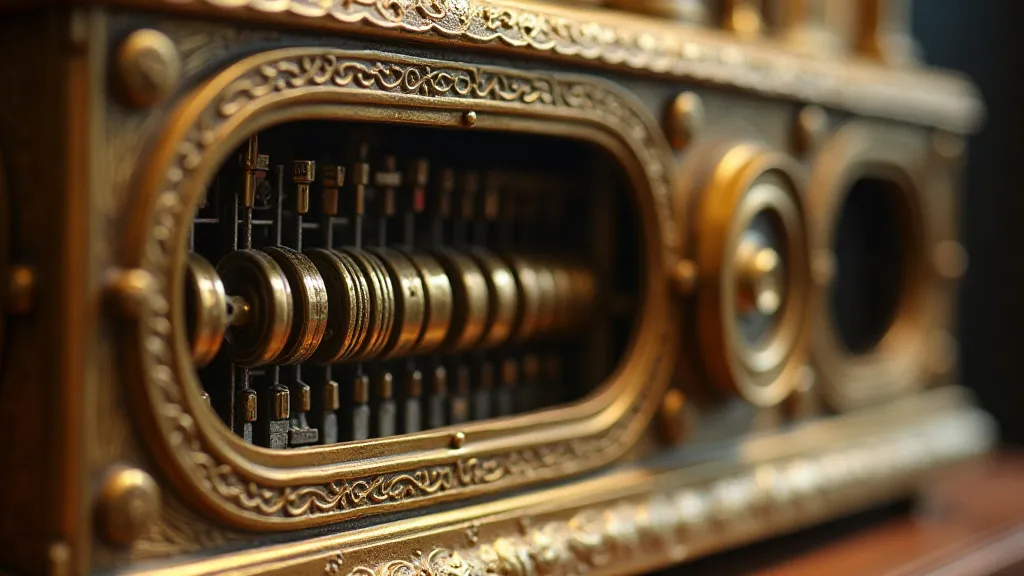
Art and Engineering: A Dance of Form and Function
Early adding machines weren't purely utilitarian; they were objects of beauty. Manufacturers understood that their machines would be prominently displayed in offices, and they sought to create objects worthy of admiration. The craftsmanship was exquisite. Cases were often made of polished wood, brass, or even copper, with intricate engravings and ornate detailing. They reflected the aesthetic sensibilities of the era, often incorporating elements of Art Nouveau or Victorian design. They weren't hidden away; they were showcased, a testament to the pride and innovation of the age.
Consider the Brunsviga, renowned for its elegant, compact design. Its streamlined body, crafted from sturdy metal, exuded an air of sophistication. The precise alignment of the keys, the smooth operation of the levers – every detail spoke of meticulous attention to detail. These machines weren’t simply built; they were *crafted*. Think about the skilled artisans who shaped the metal, polished the wood, and meticulously assembled each component. Each machine represented countless hours of dedicated work, a physical embodiment of human skill and perseverance. Repairing these machines isn's just about fixing gears; it's preserving a legacy.
The Cultural Significance of the Keyboard
The layout of the keys on an antique adding machine keyboard isn't arbitrary. It's a reflection of the logic and conventions of early accounting practices. The placement of the digits, the arrangement of the carry functions, even the feel of the keys – all were carefully considered to optimize efficiency and minimize errors. Observing these early keyboard layouts provides insight into how accounting and business practices were evolving at the time. They weren't intuitive in a modern sense, they were *logical* for the users of that period.
Interestingly, the tactile feedback of these machines – the deliberate clicks and clacks, the resistance of the levers – contributed to the overall experience. It fostered a sense of connection and control, a feeling that is often missing in the impersonal world of digital computing. That tangible interaction is something that’s invaluable and what many restorers strive to preserve.
Beyond the Numbers: A Representation of Progress
Antique adding machines represent more than just a technological advancement; they embody a cultural shift – a move towards standardization, efficiency, and the quantification of the world around us. They were integral to the burgeoning business world, allowing for the handling of increasingly complex financial transactions. In a society grappling with rapid industrialization, these machines offered a sense of order and predictability. They weren't just tools; they were symbols of progress and prosperity.
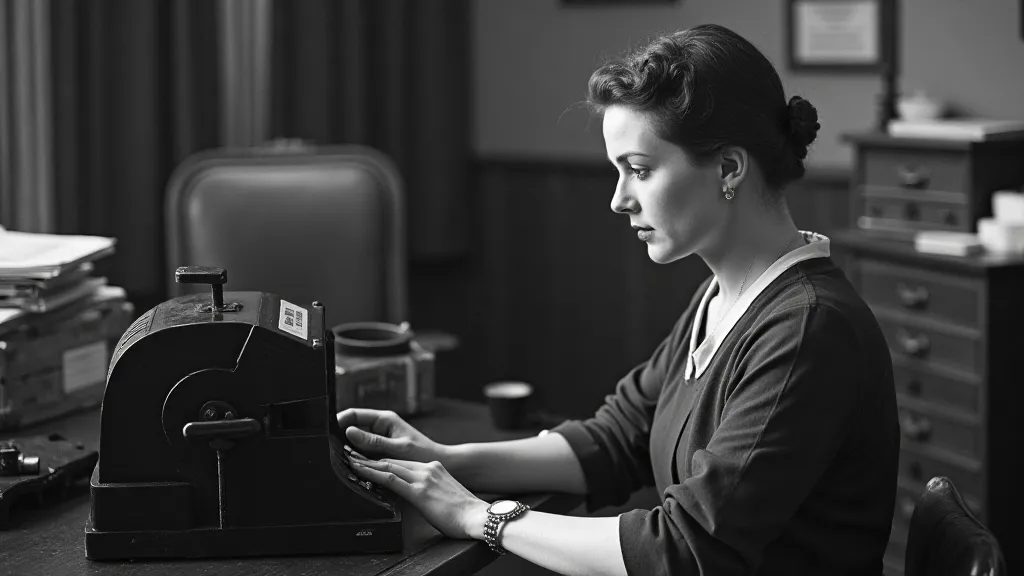
The Enduring Appeal of Mechanical Devices
In an age dominated by computers and smartphones, the appeal of antique adding machines may seem paradoxical. Yet, there’s a growing appreciation for the tangible, the mechanical, and the human-made. These machines remind us of a time when technology was more intimately connected to the human experience. They offer a respite from the ephemeral nature of digital information, a chance to engage with something solid, enduring, and beautifully complex.
Restoring an antique adding machine isn't merely a technical exercise; it's an act of preservation – a way to keep a piece of history alive. It requires patience, skill, and a deep appreciation for the craftsmanship of a bygone era. It's a journey into the past, a chance to connect with the ingenuity and ambition of those who came before us. The satisfying click of a restored lever, the smooth operation of the carriage – these are rewards that transcend the mere act of calculation.
Preserving the Story
Each machine has a story – a history of use, a connection to the people who operated it, and a reflection of the times in which it was created. Finding these pieces of history, restoring them, and sharing them with others is a privilege. They speak to us across the decades, whispering tales of ambition, innovation, and the enduring human quest for progress. They’re more than just antique office equipment; they’re echoes of a world that shaped our own, and symbols of the relentless drive to improve and innovate – a drive that continues to resonate today.
